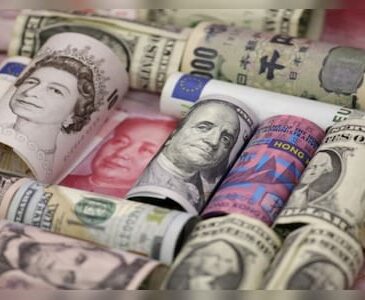
At last Thursday’s ECB meeting, Christine Lagarde clearly raised the scenario of a possible interest rate cut as early as June, at the risk of weighing on the performance of the European currency.
For those who still doubt it, the relationship between (anticipated) monetary policy and exchange rates is well established. The euro has just paid the price, as demonstrated by its sharp downward reaction following the European Central Bank meeting. While the status quo was widely anticipated, the main question was the timing of the first easing, especially in view of the fact that inflation in the US rose more than expected in March (see our paper on this subject). Indeed, investors feared that the ECB would decide to take its time and postpone its shift in monetary policy until the autumn.
Unfortunately, the economic situation in Europe is not comparable to that in the United States, with sluggish growth and a labor market showing signs of running out of steam. In order to boost growth, or at the very least avoid pushing the eurozone into recession, a rate cut would be welcome.
The euro has just broken a key support around 1.0708, validating a bearish “shoulder-head-shoulder” reversal pattern. The pair should continue to consolidate up to 1.0537/06. It should also be noted that the structure of the cable (GBPUSD) is fairly similar to that of the euro. The parallel support of 1.0708 to 1.2500 has also been breached, providing further proof of the dollar’s strength against European currencies.
Elsewhere in the world, commodity currencies remain under pressure against the dollar. The kiwi remains under downward pressure as long as 0.6115 is held, with initial support at 0.5950/5895 before reaching 0.5792. As for the aussie, it is moving within a narrow horizontal consolidation band between 0.6628/50 and 0.6488/0.6453. We’ll be watching for the exit direction, expected from below, before taking a short position.
Finally, the Japanese yen has resumed its downtrend, as evidenced by the breakout on the USDJPY, which has just breached its multi-year resistance at 151.90. While the chart structure is naturally bullish, we should bear in mind that the BOJ could be tempted at any moment to intervene on the foreign exchange market to support its currency.


